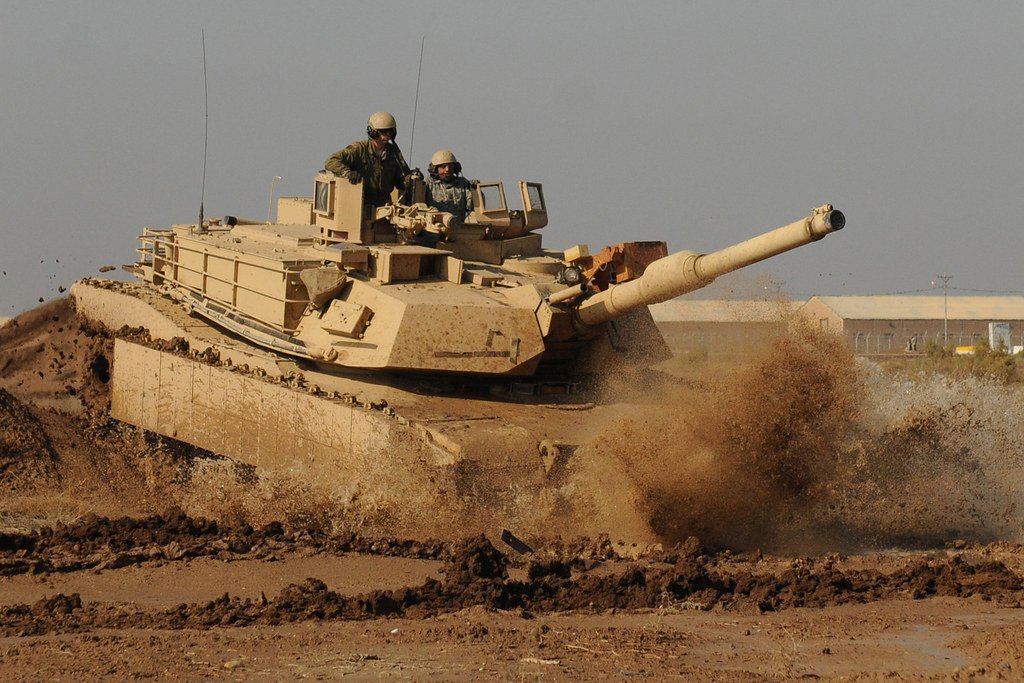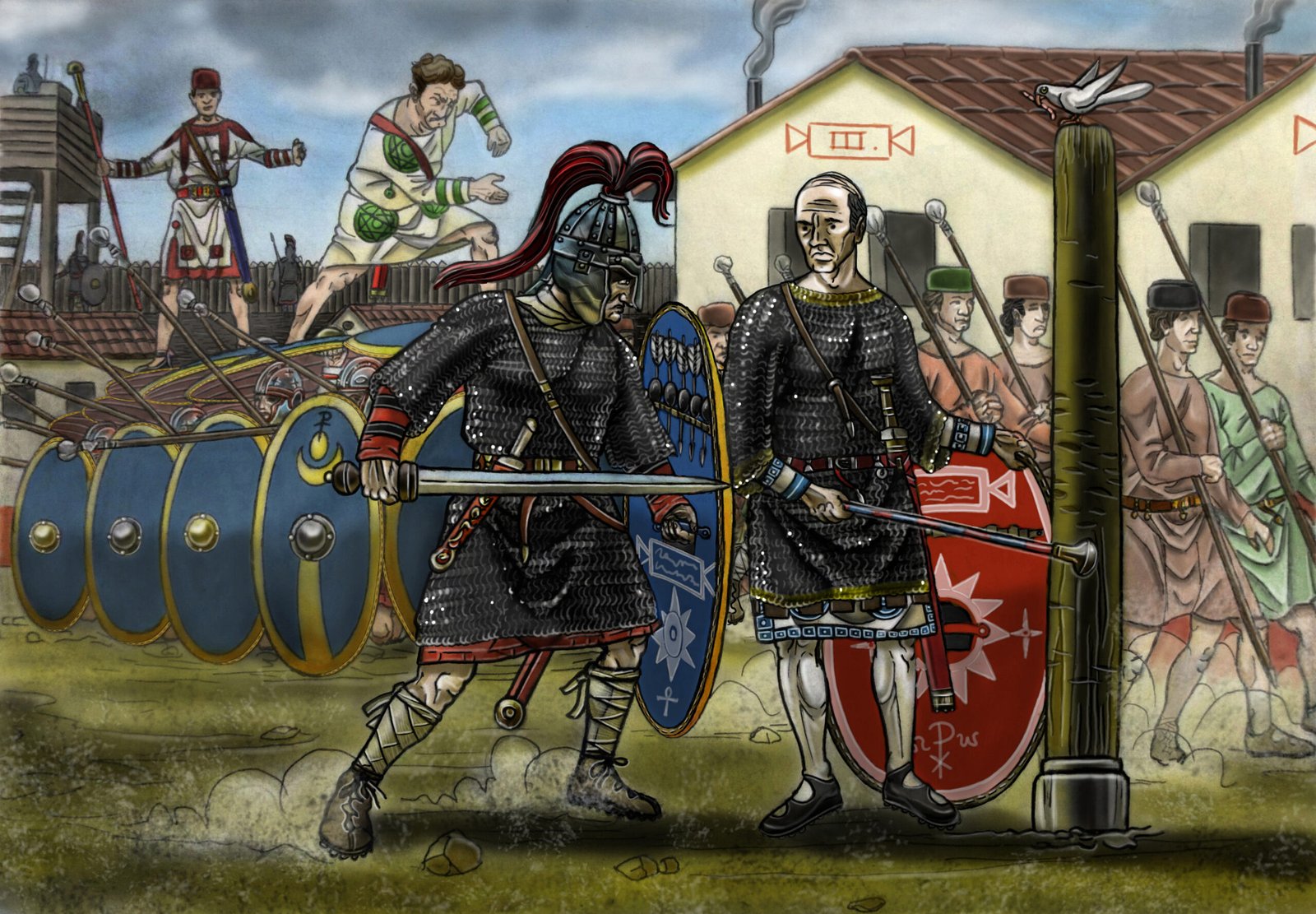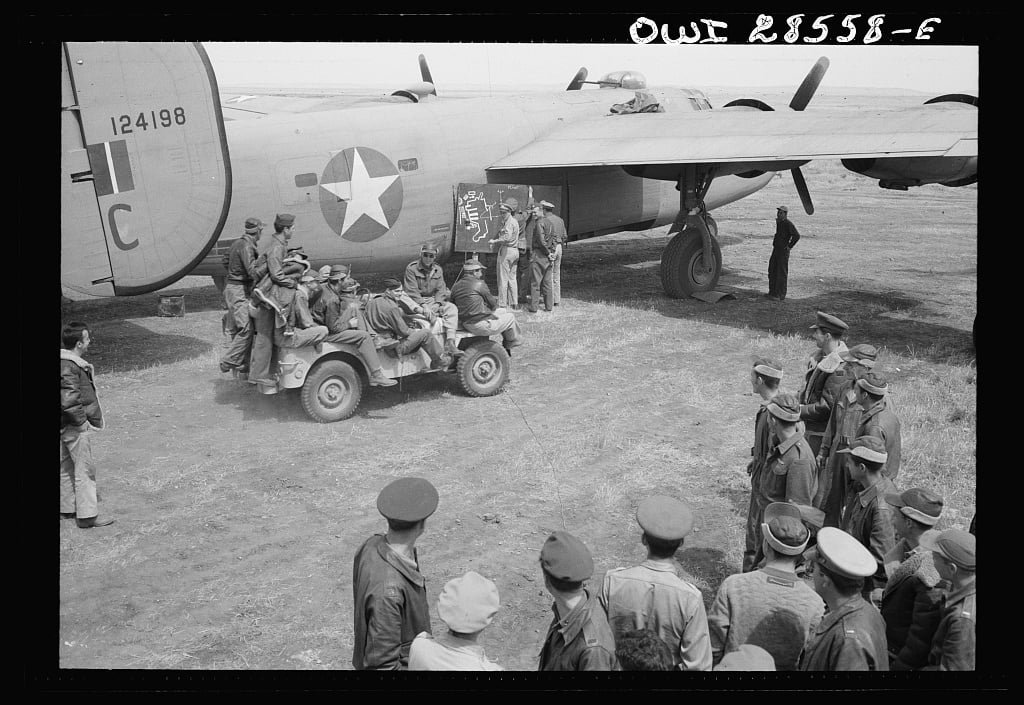The history of the U.S. gun industry is a complex narrative that intertwines with the nation’s growth, culture, and policies. It’s a story of innovation, entrepreneurship, regulation, and, at times, controversy. In this comprehensive exploration, we will embark on a journey through time to trace the evolution of the U.S. Gun Industry from its humble beginnings to its current status as a global powerhouse.
Table of Contents
What is the historical rate of gun ownership in the US?
The historical rate of gun ownership in the United States has shown considerable variation over the centuries. In the early days of the nation, firearms were ubiquitous tools for survival and defense, with high rates of gun ownership in rural and frontier regions. During the 19th century, the expansion westward and the influence of the firearms industry contributed to widespread ownership.
In the 20th century, gun ownership continued to be culturally significant, but it also became more regulated, especially after landmark legislation like the National Firearms Act of 1934. Today, while the U.S. remains one of the countries with the highest per capita gun, ownership rates, it’s important to note that ownership rates have fluctuated over time and across different regions and demographics.
Who brought guns to the US?
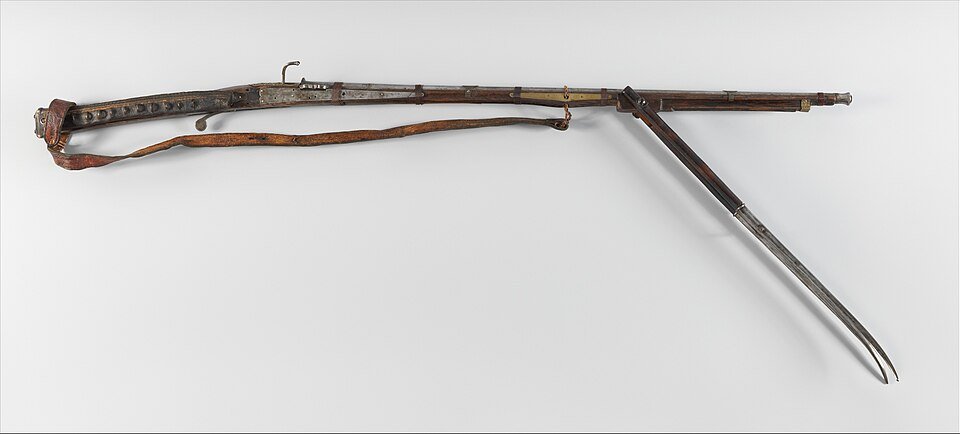
Guns were introduced to what is now the United States by European settlers, primarily the Spanish and English, during the early colonial period. The Spanish explorers, including Hernán Cortés and Francisco Pizarro, brought matchlock firearms to the Americas in the 16th century. Later, English settlers in the early 17th century arrived with their firearms, including muskets and rifles. These early firearms played a pivotal role in the survival and expansion of the colonies and were integral during events such as the American Revolution. Over time, the gun culture in America evolved, eventually leading to the development of an influential firearms industry.
Where are guns most common in America?
Guns are most commonly found in various regions across the United States, with high firearm ownership rates. While the prevalence of guns can vary from state to state, there are several regions where firearm ownership is widespread. These areas often have an intense hunting and shooting sports culture, as well as a tradition of firearm ownership for personal defense.
Some of the states with the highest per capita firearm ownership rates include Alaska, Wyoming, Montana, and Idaho. Additionally, rural areas and small towns throughout the country tend to have higher rates of firearm ownership compared to urban areas. It’s important to note that gun ownership and regulations can vary significantly from one state to another due to differing state laws and cultural factors.
How did guns become legal in the US?
The legality of guns in the United States is rooted in historical, legal, and constitutional developments. The right to bear arms is enshrined in the Second Amendment to the U.S. Constitution, which was ratified in 1791 as part of the Bill of Rights. This amendment states: “A well-regulated Militia, being necessary to the security of a free State, the right of the people to keep and bear Arms, shall not be infringed.”
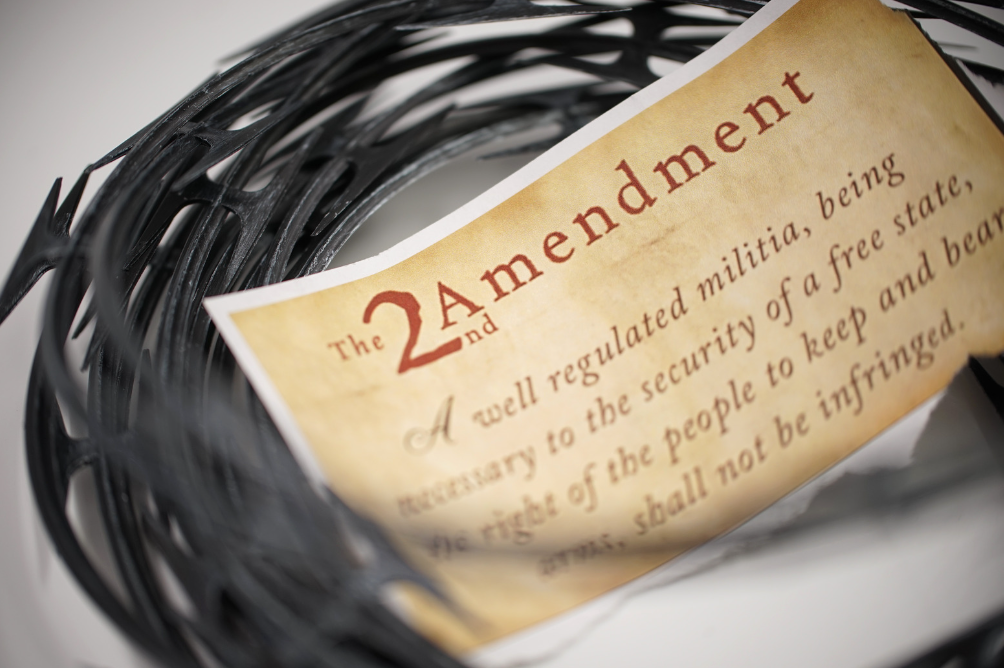
The Second Amendment was influenced by English common law, the American colonial experience, and the desire to maintain a well-regulated militia in a young nation. Over time, the interpretation of the Second Amendment has evolved, with landmark Supreme Court cases like District of Columbia v. Heller (2008) affirming an individual’s right to own firearms for self-defense.
Guns became legal through a combination of constitutional provisions, historical context, and legal precedents that have shaped the interpretation of the Second Amendment, allowing for the regulation and ownership of firearms in the United States.
Early Days of American Firearms
The tale of American firearms finds its roots in the earliest European settlers who arrived in North America. These pioneers brought with them the early iterations of firearms that would soon become instrumental in shaping the course of American history. Among the indispensable firearms of the era were muskets, rifles, and pistols, each serving distinct roles in the evolving landscape of colonial life.
Muskets, with their smoothbore barrels, were favored by both settlers and militias for their reliability and utility in close-quarter combat. Rifles, on the other hand, were prized for their accuracy, making them valuable tools for hunting and marksmanship. As tensions between the American colonies and the British Crown escalated, these firearms would find themselves at the forefront of the American Revolution, playing pivotal roles in the fight for independence.
The Rise of Iconic American Gun Makers
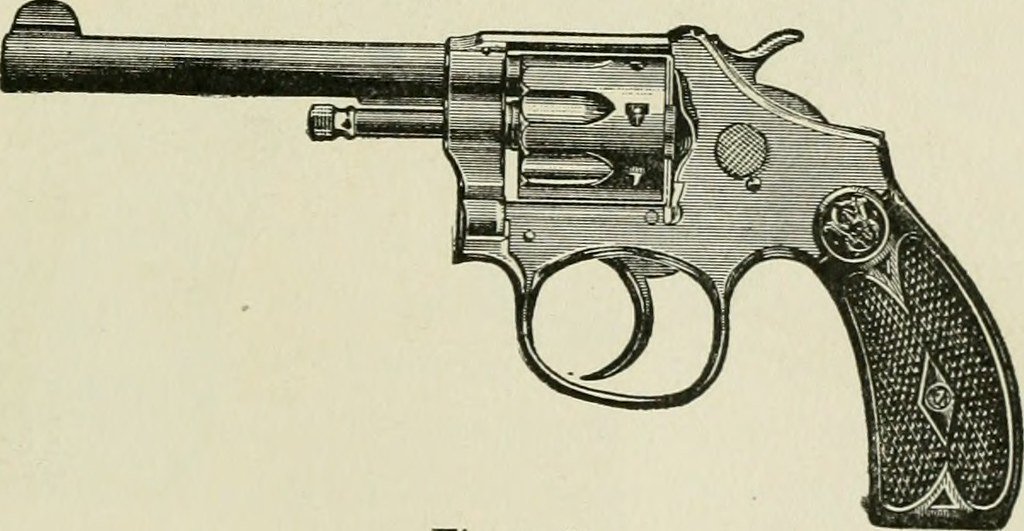
During the westward expansion of the United States, the firearms industry played a crucial role in shaping the nation’s destiny. This period they have witnessed the emergence of legendary American gun makers like Samuel Colt, Smith & Wesson, and Winchester. Samuel Colt introduced the world to the Colt Revolver, renowned for its innovation. Smith & Wesson set new standards for quality with their revolvers. Winchester’s Repeating Rifle became synonymous with the Wild West, altering the dynamics of frontier conflicts. These iconic gun makers defined American history and left an indelible mark on gun culture.
The Civil War and the Firearms Industry
The American Civil War, a tumultuous period in U.S. history, brought about a profound transformation in the firearms industry. It was a time when the demand for firearms reached unprecedented levels as both Union and Confederate forces sought to equip their troops with mass-produced rifles and muskets. This surge in demand spurred rapid advancements in manufacturing techniques and processes.
During the Civil War, factories on both sides worked tirelessly to meet the soaring demand for firearms. Innovations in production methods, such as interchangeable parts, not only accelerated manufacturing but also laid the groundwork for future developments in the industry. The crucial role that firearms manufacturing played during this pivotal period, where the outcome of the war, was inextricably linked to the ability to arm and supply the troops effectively.
The Wild West and the Winchester Repeating Rifle: A Frontier Game Changer
The Winchester Repeating Rifle, an iconic Wild West symbol, transformed frontier warfare and self-defense. Designed by Oliver Winchester and perfected by Benjamin Tyler Henry, it revolutionized the region’s approach to conflict. In the challenging, lawless Wild West, its lever-action design allowed rapid, successive shots, offering a crucial advantage against outlaws and hostile Native American tribes. This innovation reshaped frontier dynamics, played a pivotal role in westward expansion, and secured its legendary status in American history.
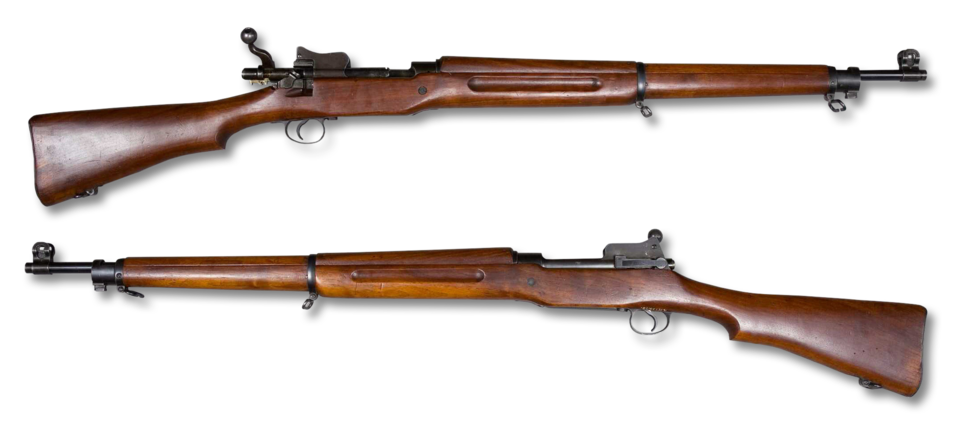
The World Wars and Firearms Production
The outbreak of World Wars I and II marked a crucial phase for the U.S. gun industry. The unprecedented demand for firearms led American manufacturers to pivot their production towards supporting the war effort. During this time, the industry produced a wide array of firearms, including the iconic M1 Garand rifle. This shift in focus showcased the adaptability and manufacturing prowess of American gun makers, ultimately contributing significantly to the nation’s victories in both world wars. It underscored the industry’s ability to meet the immense demands of wartime production, leaving an enduring mark on its history.
The Post-War Era and Modern Firearms
The post-World War II era heralded a transformative period for the U.S. gun industry. With the war’s end, the industry shifted its focus to meet the demands of a rapidly changing world. This era witnessed an explosion of innovation and diversity in firearm design.
Semi-automatic pistols, with their rapid-fire capabilities, gained popularity among both civilian and military users. Shotguns became more versatile, finding applications in hunting, sport shooting, and law enforcement. Rifles evolved with improved accuracy and reliability, catering to the needs of hunters and marksmen.
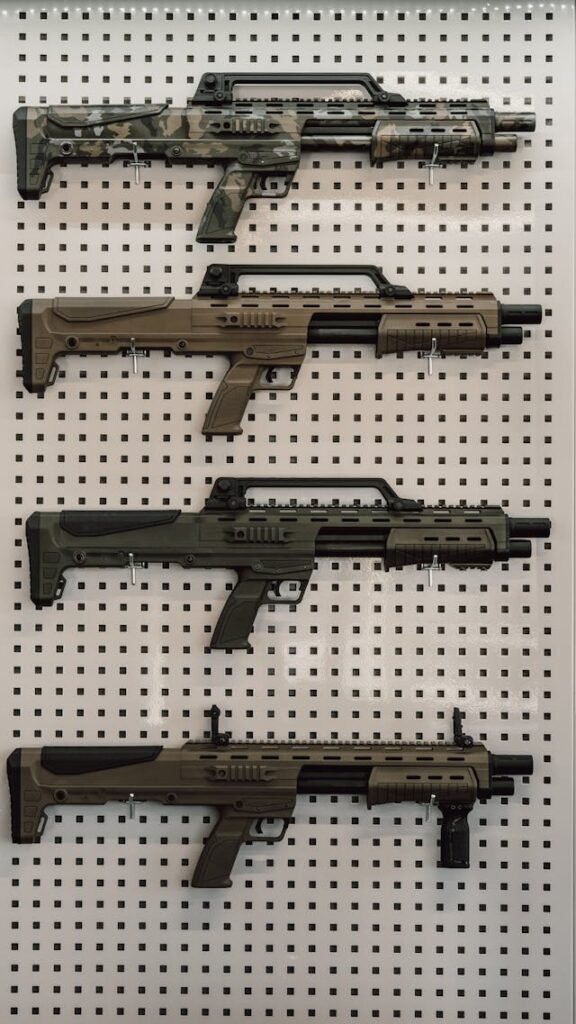
These advancements not only reshaped the industry but also influenced firearm culture in the United States. The era marked a crucial step in the journey toward the modern firearms landscape we know today.
The National Firearms Act and Regulation: A Transformative Era
The National Firearms Act of 1934, a response to the gangster era’s rise in criminal activities involving firearms, represented a pivotal moment in American gun regulation. This groundbreaking legislation imposed strict regulations on certain categories of firearms, including machine guns and sawed-off shotguns. It required extensive paperwork and the payment of a tax stamp for ownership.
In the late 1960s, the Gun Control Act further reshaped the firearms landscape by addressing issues like interstate firearms sales and licensing requirements for dealers. Together, these acts laid the groundwork for contemporary firearms regulation in the United States, influencing the industry’s dynamics and contributing to ongoing debates surrounding gun control and the Second Amendment.
The Contemporary Gun Industry
The U.S. gun industry is a colossal and influential sector today, boasting a multibillion-dollar economic footprint that reverberates worldwide. This chapter delves into the industry’s dynamic landscape. We scrutinize the latest trends in firearms production, characterized by innovations in design, materials, and manufacturing processes that cater to a diverse range of enthusiasts.
Additionally, we confront the ongoing and impassioned debate surrounding gun control, acknowledging the complex and evolving perspectives that continue to shape the industry’s trajectory in the United States and beyond.
The history of the U.S. gun industry is a compelling narrative of innovation, culture, and regulation. From its humble beginnings to becoming a multibillion-dollar global enterprise, firearms have left an indelible mark on American society and history. Understanding this evolution is essential in navigating the complex debates surrounding gun rights and regulations in the United States. As the industry continues to adapt to new technologies and societal shifts, its legacy remains deeply intertwined with the nation’s identity. Whether through iconic firearms or evolving debates on gun control, the U.S. gun industry continues to shape the nation’s cultural and political landscape.

